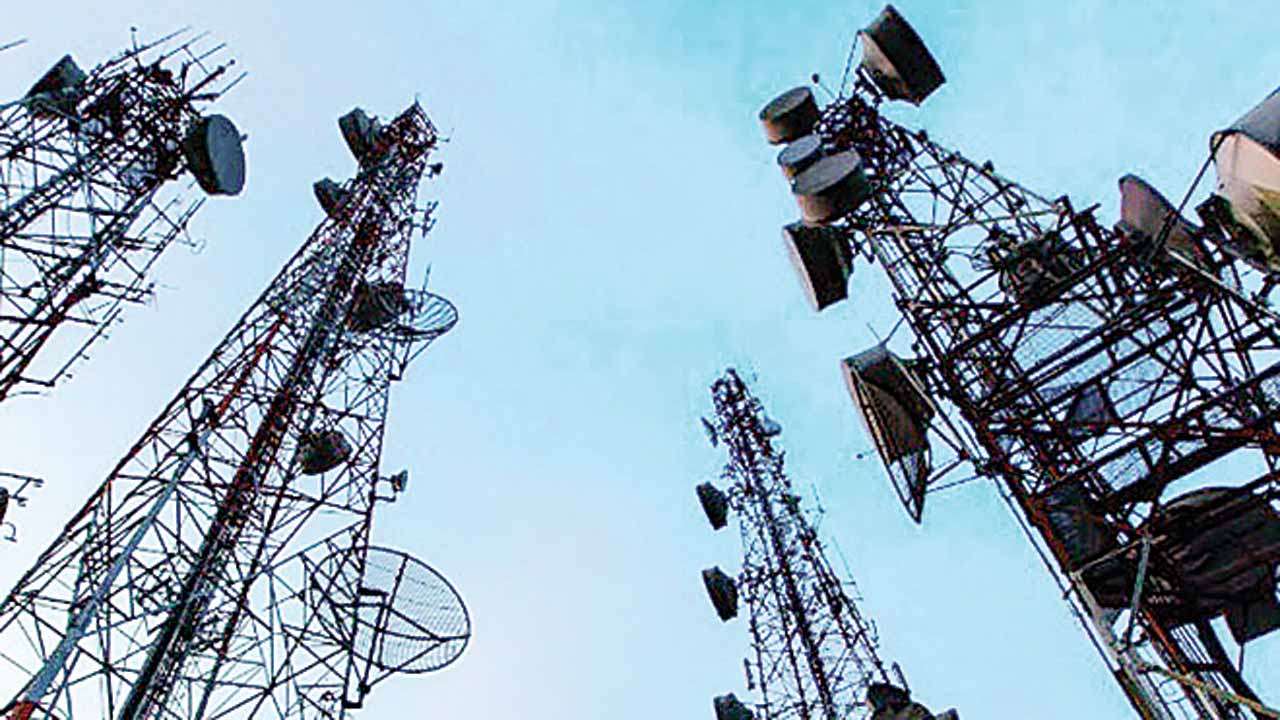
The broadband network to connect rural hinterlands, which will enable them to increase their capacity with the rising consumption of data services besides saving costs.
Two rounds of discussions have already happened between tower industry and the Department of Telecommunications. "The modalities are yet to be finalised. This will enable the players to save 30-50% in laying down their own fibres. The plan is to lease fibre from a gram panchayat and then take it to the tower," a senior DoT official said.
This will enable telecom players to offer improved quality of services and network coverage, especially data services, including 4G as fibre has more capacity and can cater to a wider base of users. With rising data consumption, the only way forward to players is rapid fibre deployment. Even for emerging technologies including 5G, Artificial Intelligence, Internet of Things and machine-to-machine communications, fibre is the key, experts said.
The DoT official said the tower players have asked for concession in leasing rates, but a final call is yet to be taken on this issue.
Currently, in India only around 25 % of towers are fiberised while globally, it is around 70-80%. Once the global standards are achieved in India, the rollout of 4G across India will be completed in an efficient manner, and then the country can easily shift to another technological regime of 5G expected to be commercially launched in India by 2020.
"With less than 25% towers fiberised, fibre leasing market represents a $2.6 billion market by fiscal 2020. The estimates imply that fiberised towers will increase from 90,000 to 3,30,000 by fiscal 2020," Tilak Raj Dua, director general, Tower and Infrastructure Providers Association (Taipa), told DNA Money.
He confirmed that DoT and Taipa had a brief discussion on the role of infrastructure providers to realise the BharatNet initiative. "The detailed discussions are yet to take place to understand the modalities and commercial viability of the role that IP-1s can play."
"Fiberisation of backhaul networks will meet capacity demands with the growing usage of data. And fiberisation will play a key role in improving quality of services and network coverage," he said.
Currently, the industry has 471,000 towers while the total subscriber base stands at around 1.1 billion. The industry also needs another 100,000 towers in the near future with the rising growth in mobile data services.
Mobile data consumption in India is expected to multiply fourfold in the next five years through fiscal 2022, given low penetration and an expected doubling of data subscribers to more than 900 million, according to a recent Crisil Research report.
By 2022, mobile data subscriber penetration in India will reach 80% from less than 40% currently. Between the fiscals 2012 and 2017, India's mobile data usage per subscriber climbed to around 80% annually to around 1.25 GB per month on increasing adoption of 3G and 4G services, free data offered by Reliance Jio, and a sharp 40% fall in tariffs in the last fiscal alone.
Through BharatNet project, the government will connect 2.5 lakh gram panchayats – the first phase to connect 1 lakh gram panchayats has already been completed while another rest is expected to be completed before its target date of March next year.
FASTER SPEED
- Tower fiberisation is key to increase capacity with rising data usage, improve quality of services and network coverage
- Currently, in India only around 25 % of towers are fiberised while globally, it is around 70-80%
No comments:
Post a Comment